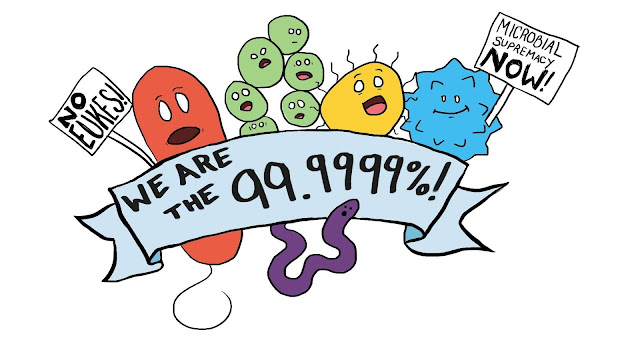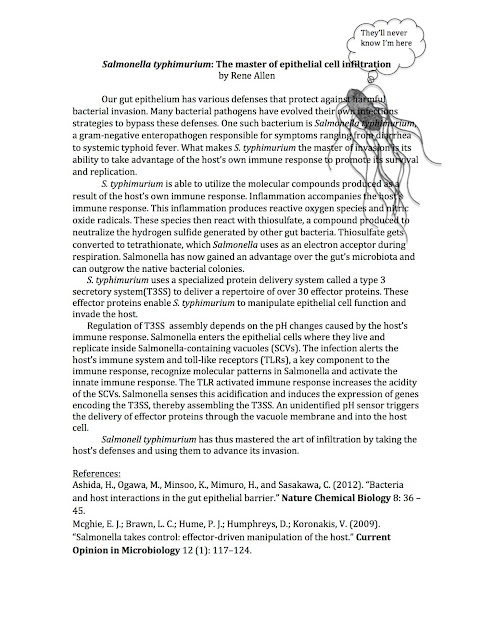The death of my father in April gave me quite a bit to think about. Having my promotion file to full professor tabled early on was disappointing, but I think I need to be philosophical: I will always have a, um, nonlinear path in academia.
I'm a bit unconventional. Okay, I'm an oddball and don't fit in very well. But at least I'm true to myself! And I truly do care about science and my students. Besides, lots of great people in the microbiology community have been very supportive and helpful. It'll be okay; tenure is a wonderful thing.
Lots of good things happened, too. First and foremost, that fabulous family of mine: my lovely and brilliant wife Jennifer Quinn, and my musical and smart and happy F1s, Anson and Zach. They remain the center of my universe.
I was elected to be Chair-elect for the American Society for Microbiology's Division W on Education, attended four microbiology meetings, ran a session on Art and Microbiology at the ASM General Meeting, ran a luminous art session at ASMCUE, published three book reviews and an essay. I visited the American Museum of Natural History (and got a personal tour of the Microbiome exhibit!) and traveled to Amsterdam to see the microbiology museum Micropia and the home of microbiology, Delft. I continue to have fun with students in my classes and my undergraduate research laboratory.
But for all kinds of reasons, it's nice to see 2016 start to fade into the distance.
As always, some #Luxmas fun.
First, I have always adored tardigrades. So I had a number of small 3D printed models made, and my wife and created a #TardiMas tree!
I played a bit with Serratia and GFP expressing E. coli.
Then it was, as usual, time for words on Petri dishes, painting with luminous Photobacterium leignothi.
That last really made me sad; I had wanted to write a parody of "White Christmas" on Petri dishes, and I just can't work finely enough to write:
I'm dreaming of a bright Luxmas
Just like microbes that used to glow
Where Euprymna glisten and quorums listen
To homoserine lactones in the crypt
I'm dreaming of a bright Luxmas
With every Luxmas plate I swab
May your genes be autoinduced, and bright
And may all your Luxmases make light!
Maybe next year.
Even a decent #LuxSelfie, reminding everyone (and myself) to look for light, even in dark places, during 2017.
And as always, my wife's beautiful #Luxmas tree video.
Enjoy friends and family this evening, and to the New Year.
Thanks for reading, and I can't wait to share more thoughts about microbiology, education, and life in 2017!



































































